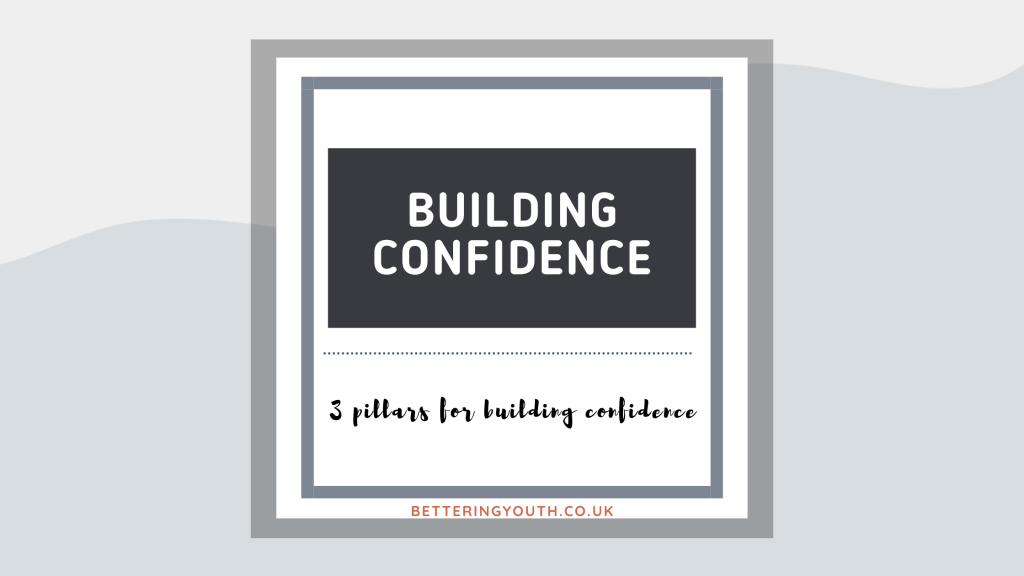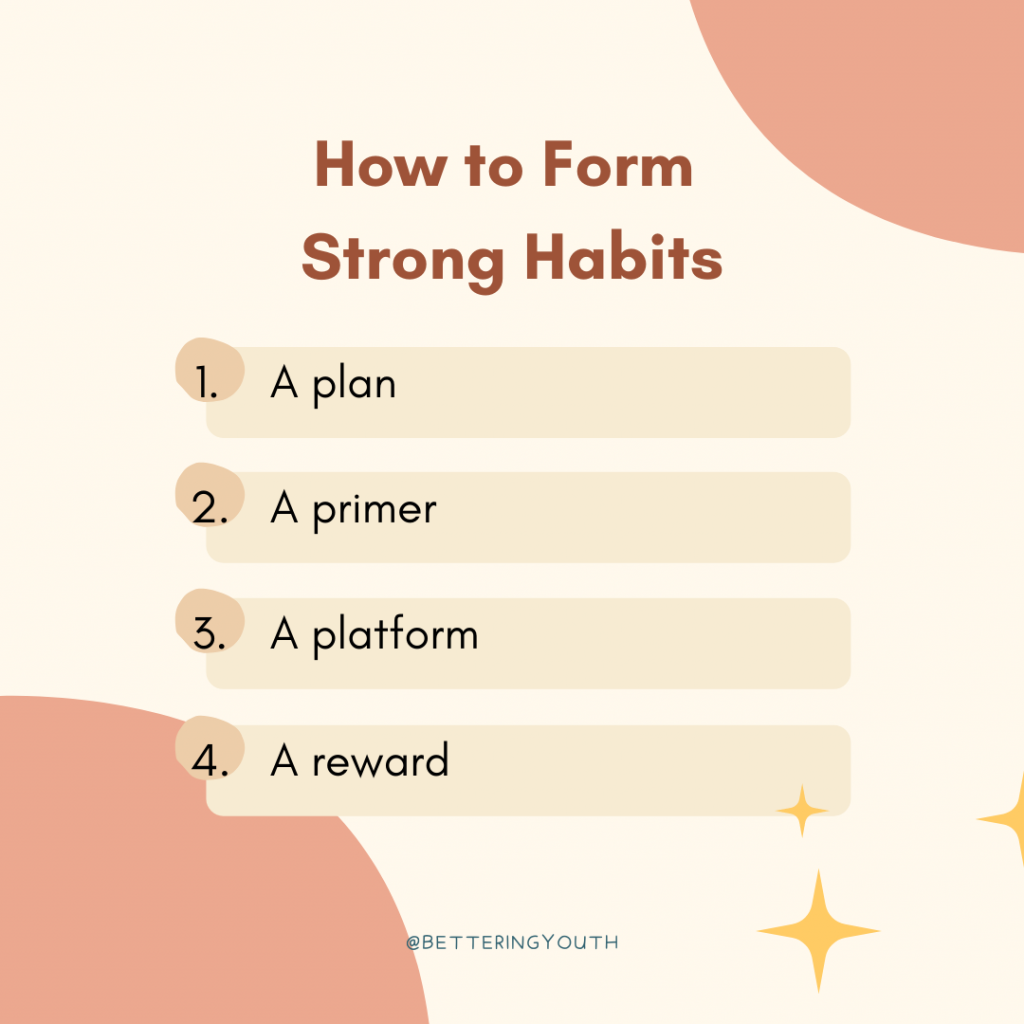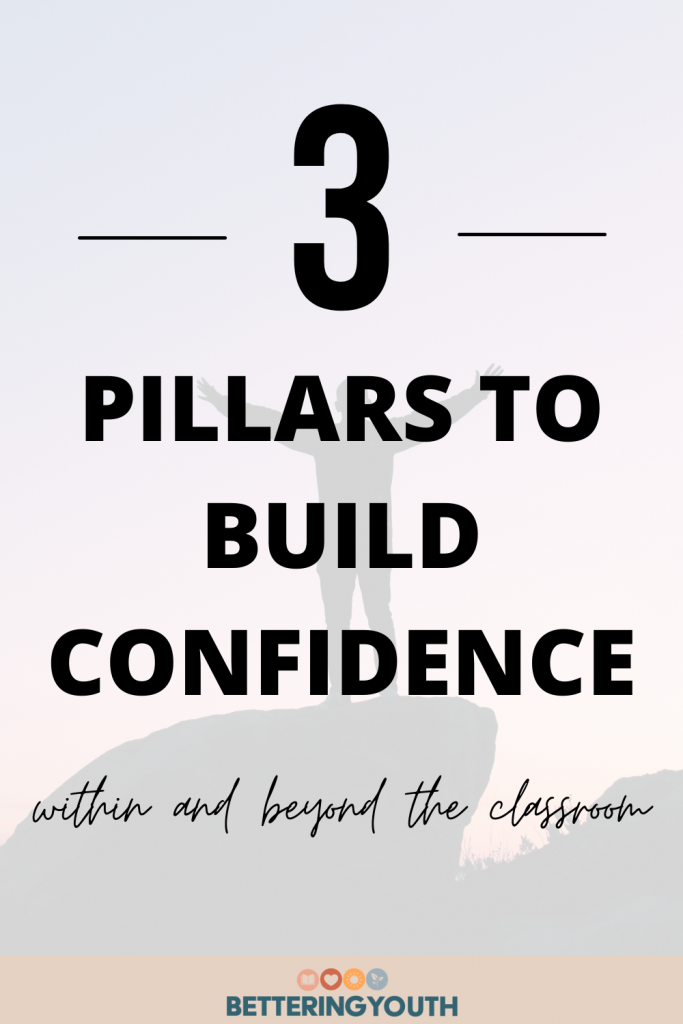As we approach children’s mental health week 2022, I wanted to take this opportunity to share how to boost confidence in children.
Of course, confidence isn’t as simple as “3 easy steps to build self-esteem”.
However, I hope this blog will provide a base of the three pillars that are needed to help a child build resilience.

If your child is struggling or lacks confidence in Maths or English, get in touch! We teach these three skills in our Mindfulness-Based Maths and English tuition program.
The three pillars that build confidence:
- Emotional Literacy
- Reflection
- Building habits for success
Let’s dive into each of these pillars and how they can help build self-confidence.
#1. Understand the relationship between thoughts, feelings and behaviours
Understanding the relationship between thoughts, feelings and behaviours.
This is called Emotional literacy.
It helps us to understand and identify the feelings and emotions both within ourselves and within others.
Therefore, having this information can unlock our ability to develop empathetic individuals who can confidently navigate a complex and ever-changing social climate.
Furthermore, knowing how emotions and mental patterns can lead to behaviours that build success is an important part of creating it!
The relationship between thoughts, feelings and behaviours through the lens of Cognitive Behaviour Therapy (CBT).
In our sessions, both academic tutoring and emotional wellbeing coaching, we use theories and models derived from CBT to help children understand how our brain interacts with emotions.
This was described in the Mindful Toolbox session “How to Stop the Self-Sabotage”
The belief is that thoughts and emotions (in whichever order they are presented) can cause us to act. If this is a repeated action, it can form a behaviour.
For example:
| Thought | Emotion | Behaviour | Reality |
| “I’m not good at Maths” | Discouraged, embarrassed, disengaged, | Not paying attention in class; Not trying in work | Won’t have opportunity to learn and develop the skills and will indeed, not develop into a strong mathematician. |
Understanding that our thoughts then create our behaviour can help us to take ownership and become more reflective of our thoughts.
#2. Replace negative self-talk
The importance of a strong, positive, inner voice is crucial to building confidence.
Now that we see how our thoughts can influence behaviours that cause our reality, we can take responsibility to change them.
Replacing negative self-talk begins with becoming aware of thoughts.
This requires a level of self-awareness that emotional literacy will help to develop.
Developing self-awareness of thoughts:
- Practising mindfulness as this encourages observing our inner voices
- Writing a thoughts journal to help us become aware of what thoughts trigger emotions and or behaviours that build negative habit patterns
*Download our Journal prompts to build your most confident self.
Once we have the ability to acknowledge what we’re thinking, then we can go about replacing the negative thoughts into more productive ones.
Caution: This does not mean that we replace the “I can’ts” with false or misleading “I cans”
It’s important to note that working on confidence and practising mindfulness is not a case of simply “faking it ‘til you make it”.
Instead, it takes a realistic approach to assess if the thought is factual and then finds a way to reframe it so it resonates more truthfully.
For example:
| Thought | Emotion | Behaviour | Reality |
| “I’m not good at Maths” | Discouraged, embarrassed, disengaged, | Not paying attention in class; Not trying in work | Won’t have opportunity to learn and develop the skills and will indeed, not develop into a strong mathematician. |
Can be altered to:
| Thought | Emotion | Behaviour | Reality |
| “I’m developing my understanding of Maths with resilience and determination” | In control, Determined, Empowered, Less pressure on the maths | Increased effort, Emphasis on the process, Growth mindset | Someone who is primed to learn and aware that it will take resilience. |
As you can see, the new thought isn’t a lie or a stretched truth. It’s grounded in truth and sparks new associated feelings that will translate into new behaviours.
#3. Building habits for success
In order for behaviours to become helpful, we need to build habits.
There is plenty of literature around creating habits (I’ll link a few below).
From my own understanding, a habit consists of four parts:
- A plan
- A primer
- A platform
- A reward

Firstly, we need to know what the habit will consist of.
Plan:
Continuing with our child who wants to build confidence in maths, the plan will be establishing how they can increase their study time.
This might entail days of the week they’ll revise on their way to school or after clubs. Further, it might go so far as to outline key areas to focus on and when they need to be reviewed. (This is something our Tutors can help create!)
Primer:
Following on, we need a primer. This is something that will trigger the brain to know what’s coming.
A primer for sitting down to revise math can be listening to a favourite song used specifically for this.
Alternatively, reading the positive replacement thought which has intentionally been laid out as an affirmation.
“I’m developing my understanding of Maths with resilience and determination”
A platform:
A platform is a starting point – a jumping off-board. Perhaps each session begins with a Maths pun, or a Thunk.
A platform is something that sets the mood. Note this also means that it sets the tone.
Wonder and inspiration is how learning is best achieved. As such, having a ‘platform’ that sparks engagement can increase motivation and focus.
A reward:
Lastly, a reward can be presented. Now it’s important that the reward is never used to entice engagement.
A reward is something that can be received (whether physical or verbal) to praise good efforts.
It’s best done with a mixture of physical and verbal rewards to create a sense of surprise and excitement. It also means that both tangible rewards and words of praise will be appreciated by the child.
A child’s confidence will begin to increase when all three of these pillars are developed.
How to build confidence in Maths
As you notice, we did not begin building confidence in Maths by jumping into practising timestables and learning formulas.
Bettering Youth believes that children are only capable of learning if they feel safe and calm.
For some, the lack of attainment is due to adverse childhood experiences that cause them to withdraw from lessons are feel uncomfortable taking chances;
While for others, the lack of understanding has caused them to undermine their own value and create a negative label for themselves in association with the work.
For all children, learning how to learn is a process that requires resilience.
As a result, all of our programmes blend in emotional wellbeing coaching that work to build the three pillars.
If you’re curious about how this could work for your child, contact us.
Further Resources:
Child Confidence and Resilience Coaching
8 Ways Working Out Boosts Confidence for Your Teen
18 powerful ways to help them effectively deal with their emotions

